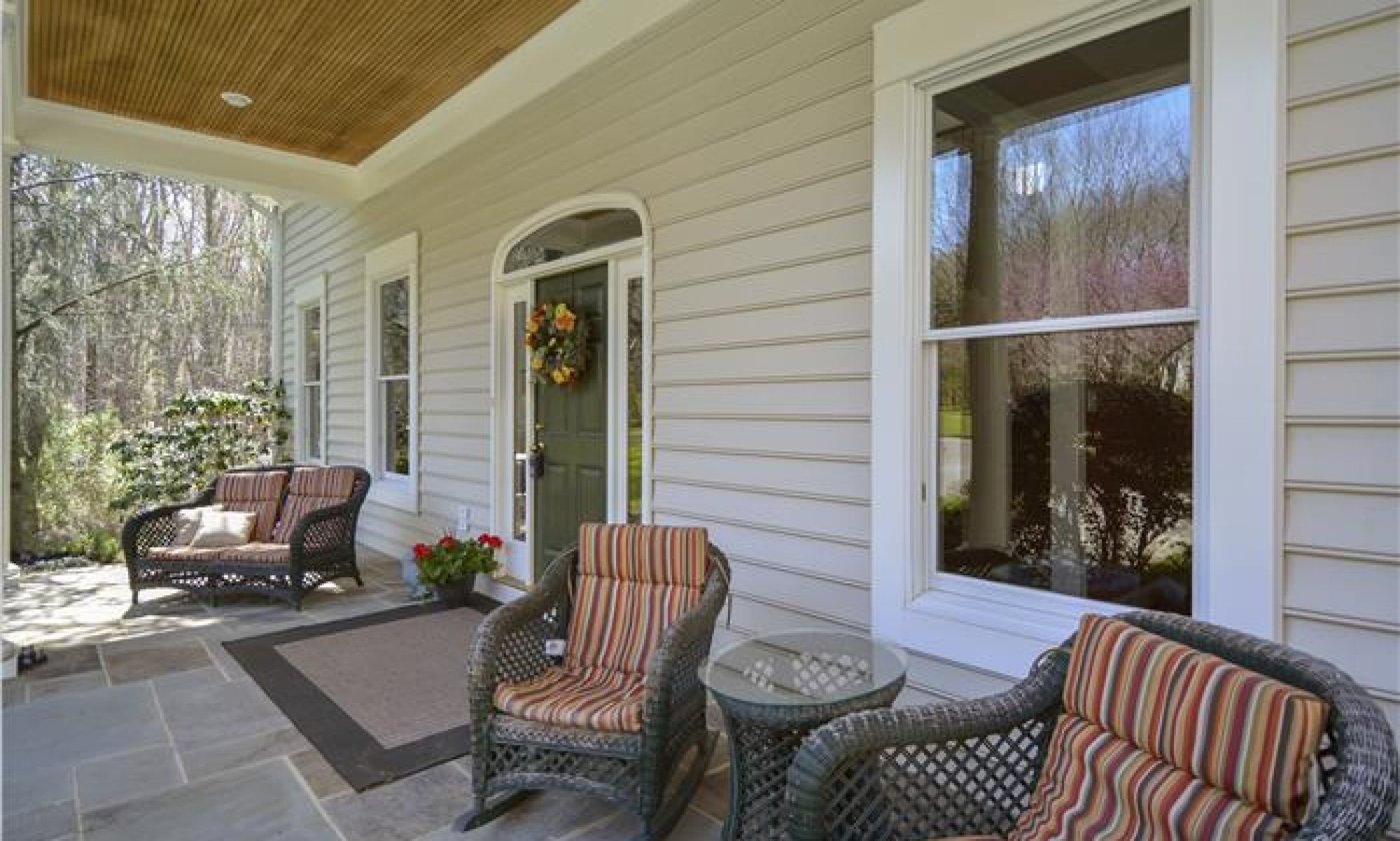 Pricing your home correctly is the foundation of a successful sale. I have often talked about the science and art of pricing a home in various market conditions, but did you know home pricing psychology also plays a role?
Pricing your home correctly is the foundation of a successful sale. I have often talked about the science and art of pricing a home in various market conditions, but did you know home pricing psychology also plays a role?
With vast amounts of public data available on the internet, you may be tempted to price your home on your own. However, keep in mind that unverified internet data can be inaccurate or outdated. Moreover, the most recent sales data may not yet be available on your favorite real estate sites. Asking a Realtor to help you analyze relevant comparables from the MLS can help you decide on a sales price that is in line with home buying trends.
The science of pricing a home is a straight forward method of analyzing the sale prices of similar neighborhood homes. The analysis will provide you with a potential sales price range. When selecting comparable homes, make sure that the homes are similar in style (colonial, split level, rambler, etc.). Select comparable homes that are similar in size (usually within 15 to 20 percent of your home’s living area). Also, try to find comparable sales that sold within the last six months to be relevant to current market trends.
The “art” of pricing your home is a process of fine tuning the sale price range derived from comparable homes. Looking at various factors for each home, you can make adjustments on your calculated sale price range. Interior differences, such as number of bedrooms, bathrooms, or having a finished basement, can change a sale price significantly. Likewise, exterior features, such as a deck or fence, can also affect the price.
Let’s talk about your home’s condition. Whether you like it or not, your home’s condition should be a major factor in determining a sale price. You should be honest and objective when it comes to your home’s condition. Have others offer their opinions about necessary updates and repairs. Are there any comparables that are in similar condition? You may have to make adjustments to correspond to deferred maintenance and lack of updates.
Home Pricing Psychology
To attract home buyers while trying to get top dollar, you may also have to apply home pricing psychology. Of course, many of these home pricing psychology strategies are not sound or based on facts. An example of this is the use of a “totem” price. A totem price is when the second half of the number is a mirror of the first (e.g., 543,345). This was a strategy that was highly touted during the “go-go” market of 2005-2006.
Until recently, there hasn’t been much research into the psychological effects of real estate pricing strategies. An empirical study by Eli Beracha and Michael J. Seiler revealed how sellers can ask for a higher price without turning off buyers (The Effect of Pricing Strategy on Home Selection and Transaction Prices: An Investigation of the Left-Most Digit Effect; Journal of Housing Research; 2015; Vol. 24, No. 2, pp.147-161). Their study revealed that “just-below” pricing can help you sell your home faster and get a higher price. Just-below pricing is a strategy that lowers the price by reducing the left most digit by “1.” However, they suggest that when using the just-below strategy in real estate, it should be rounded to the nearest hundred or thousand. For example, if you decide on a list price of $450,000, then the rounded-just-below price will be $449,900.
Original published at https://dankrell.com/blog/2018/06/05/home-pricing-psychology/
By Dan Krell
Copyright © 2018.
If you like this post, do not copy; instead please:
link to the article,
like it on facebook
or re-tweet.
![]() Disclaimer. This article is not intended to provide nor should it be relied upon for legal and financial advice. Readers should not rely solely on the information contained herein, as it does not purport to be comprehensive or render specific advice. Readers should consult with an attorney regarding local real estate laws and customs as they vary by state and jurisdiction. Using this article without permission is a violation of copyright laws.
Disclaimer. This article is not intended to provide nor should it be relied upon for legal and financial advice. Readers should not rely solely on the information contained herein, as it does not purport to be comprehensive or render specific advice. Readers should consult with an attorney regarding local real estate laws and customs as they vary by state and jurisdiction. Using this article without permission is a violation of copyright laws.



